4 Easy Ways To Build Your Regenerative Garden
Looking to create a more regenerative home garden? Here are four easy ways to create a healthier and more eco-friendly garden in your own yard.
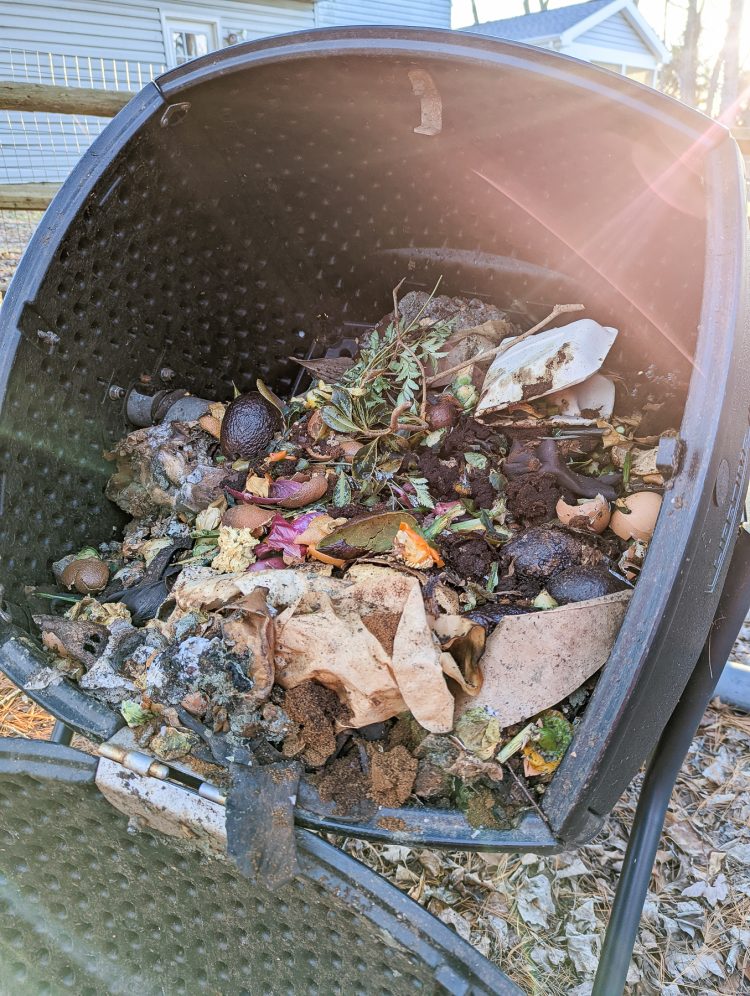
For the last several years, I filled our large backyard garden with fruits and vegetables for our family. Last year, however, my interest in nurturing seeds to seedlings waned. This spring, as I contemplate what to do with our garden, I also reflect on our fairly robust travel schedule. I’m not sure I’ll have sufficient time to care for sensitive seedlings as planting season approaches.
Further, I didn’t love maintaining and harvesting the produce, especially when I returned to our kitchen with loads of tomatoes (which I don’t love to eat) and plenty of mosquito bites, no matter the time of day. Garden management felt like a chore, and I still have many of those tomatoes in our freezer.
I want my garden to be a source of joy, not a burden on my to-do list. This summer, I’m skipping the annual edible crops. I plan to support local farmers and more frequently attend our local farmers’ market in exchange for the time I would otherwise spend attending to our own edible garden.
I know, however, that soil degrades when left bare for long periods of time, so I set out to find new ways to help our regenerative garden thrive this season with less of my time. Maybe it’s a season that will pass, and I’ll dive deep into vegetables again next year. But for now, I am excited to bring a new approach to building robust soil and fostering a vibrant ecosystem in our green space.
Here is my 2022 garden plan, focused mostly on soil regeneration, native plants, and wildlife. I’ve laid out four easy ways you can join me in building your regenerative garden without nurturing finicky or high-maintenance crops this season.
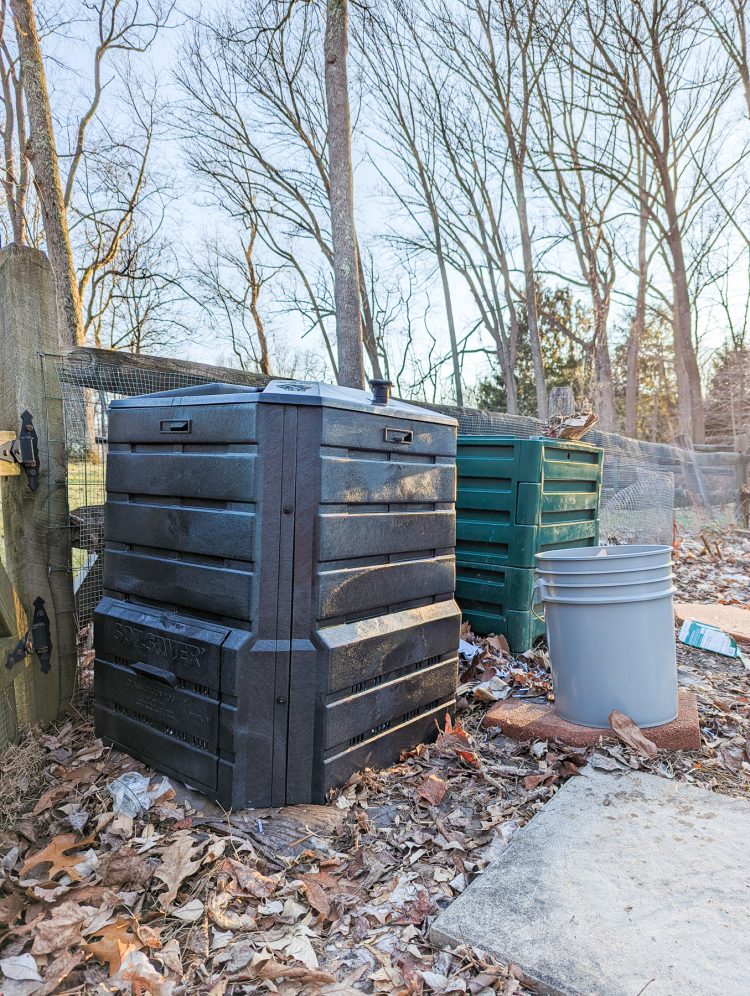
Build More Compost Systems
I’m a bit of a compost fanatic. I fell in love with composting when I moved to Philadelphia and had plenty of outdoor space to experiment with different types of composting at home. I’m so obsessed, in fact, that I started my own local curbside composting company that serves those in my community and also provides online resources for you to learn more about composting at home.
I’d like to continue experimenting with different types of compost systems. With less time dedicated to plants, I plan to invest in some additional compost barrels and spend more time actively managing and learning about composting at home.
I’ve spent the last few years trying and failing with periodic success and relatively low-key habits to create my own garden gold. I focused primarily on cold composting, slowly adding greens and browns to different types of open bins and letting the organic waste decompose mostly on its own. Sometimes it worked, and sometimes it has been a rather slow and sleepy process.
I’ve also tried an electric composter, composting in a tumbler, composting in a DIY wooden pallet compost system, and more. None of these has been particularly successful, though I haven’t been diligent about actively managing any of them.
Over the last couple of weeks, I’ve started to acquire more compost bins and barrels along with a compost thermometer to try hot composting. I’ve been lucky to land one Soil Saver via Facebook Marketplace and bought another directly from the manufacturer.
Following advice from Kat Steck, Honestly Modern’s resident secondhand shopping guru, I set an alert on Facebook Marketplace to notify me of any new compost bins posted in my area. I’m hoping to land a few more over the next several months.
I also built some DIY bokashi composting bins using simple 5-gallon plastic buckets (the same ones I give to WasteWell customers to collect their food scraps for pickup). I filled my first bucket, alternating between food scraps and Bokashi bran, last week and await its fermentation over the next three or four weeks.
After it ferments, I plan to add it to a hot composting system outside. It will hopefully finish breaking down and also act as a compost activator in the hot compost bin to speed up the decomposition process for the rest of the contents in the bin.
Bokashi composting confused and overwhelmed me for quite some time until I found Compostable Kate on Instagram. You definitely should give her a follow if you’re looking for advice on hot composting, Bokashi composting, or worm composting (also known as vermicomposting).
I plan to post more about hot composting, Bokashi composting, and all sorts of composting at home over on WasteWell, my other website for anyone who is compost curious.
Composting is the poster child of regenerative living and regenerative gardening. Instead of sending food scraps and yard waste to the landfill, we return all the nutrients from that organic matter back to the soil to make the soil healthier. Healthier soil has greater biodiversity, retains more water to reduce the impacts of drought, and sequesters more carbon from our atmosphere than unhealthy soil or dead dirt.
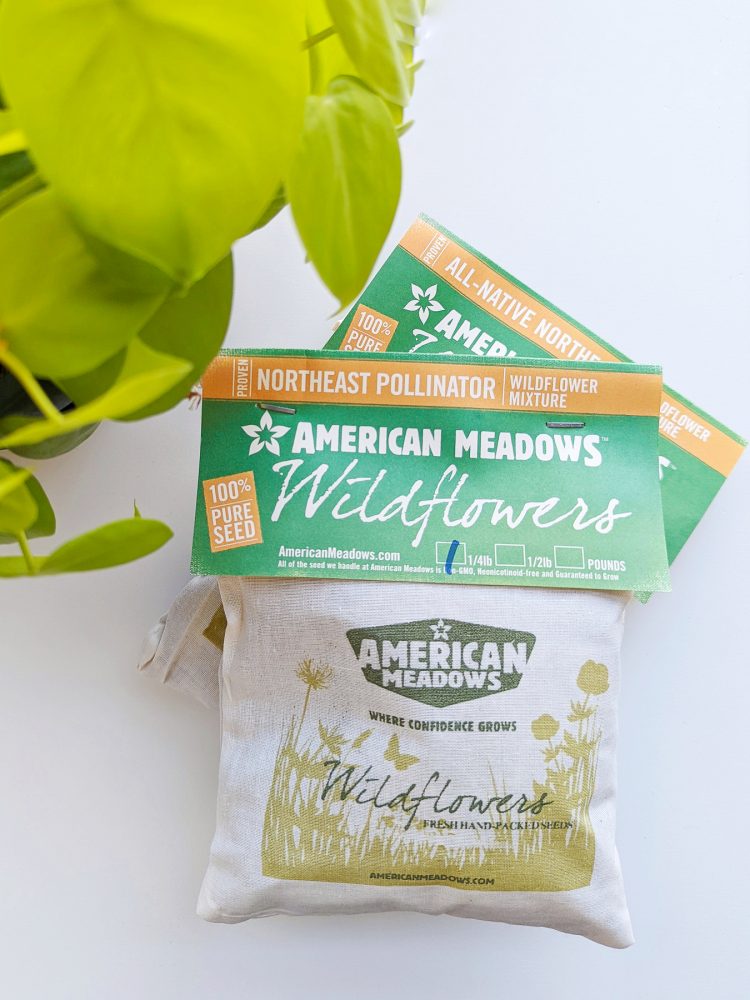
Native Wildflowers
Native wildflowers provide food and habitat for so many important insects and animals in a healthy ecosystem. They also take up space to prevent invasive species from taking over.
Not wanting to actively plant or manage all of the raised beds in my garden this year yet also seeking to avoid bare soil, I decided to fill the raised beds with wildflowers for this season. I bought two packages of wildflower seeds native to the region in which I live from American Meadows.
I plan to sprinkle the seeds in the spring, cover them with some compost, and let nature work its magic. Whatever happens, happens. Whatever thrives, thrives. I’m excited to see what grows and hope the wildflowers attract a plethora of pollinators.
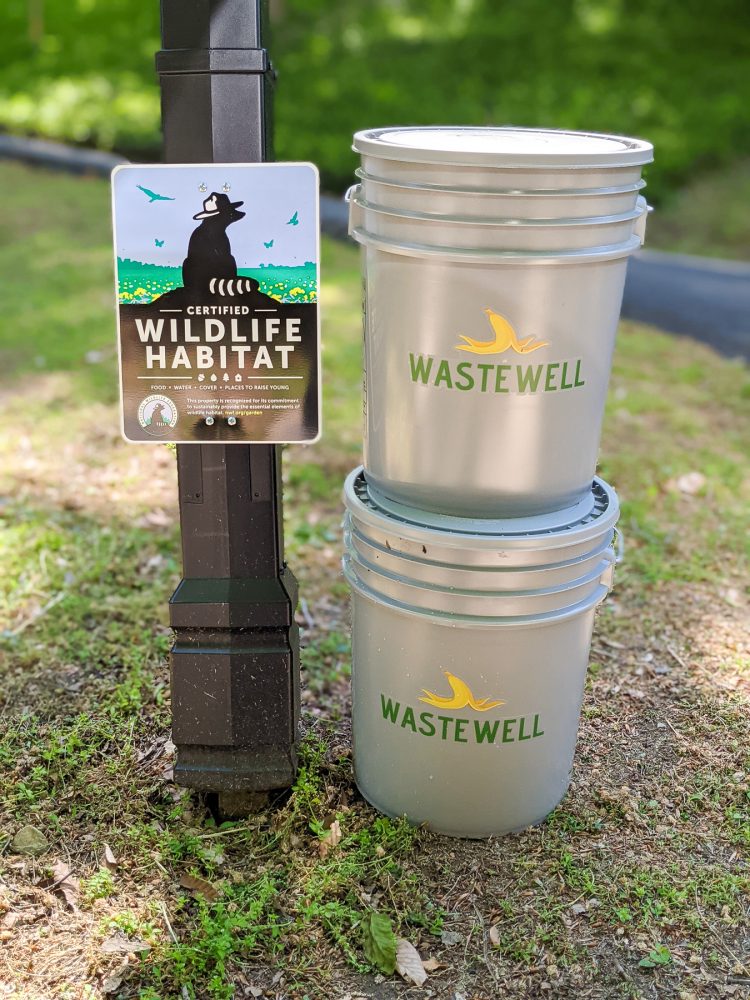
Certify as a Wildlife Habitat
In past years, I’ve passively attempted to make our garden more pollinator-friendly. However, I haven’t done a ton of research to determine how best to optimize the space to make it a flourishing ecosystem for native wildlife.
Using the certification standards from the National Wildlife Foundation, I plan to meet the guidelines and submit our garden to be a certified wildlife habitat under their program. I first discovered this program when I noticed one of my WasteWell curbside composting customers displayed their certification sign next to their mailbox. I look forward to seeing more native wildlife find homes in our garden.
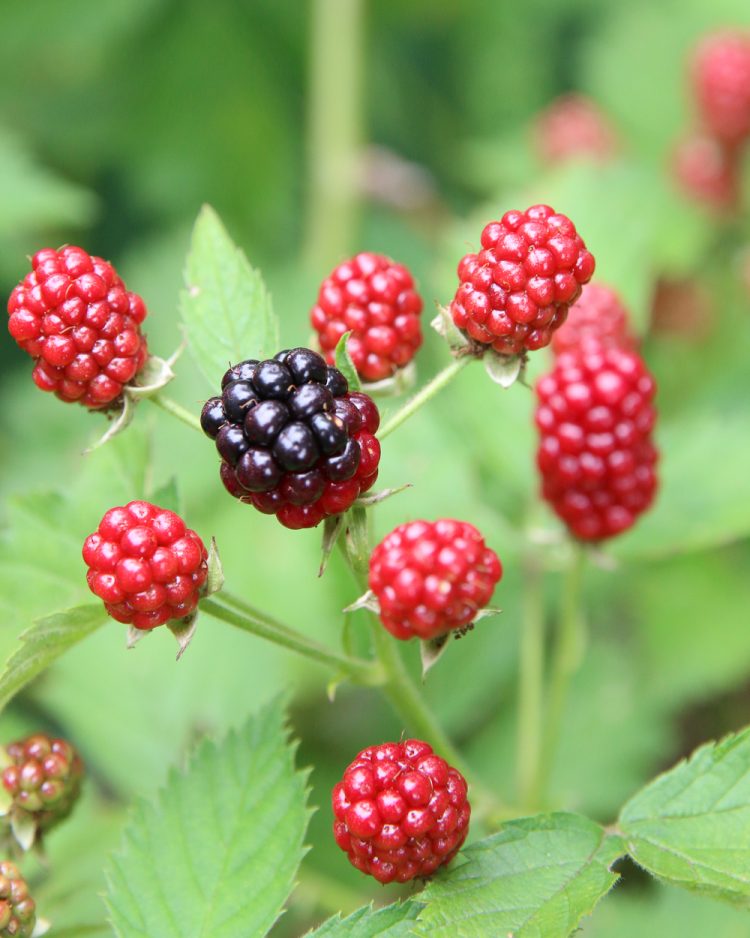
Focus On The Fruit
Although I don’t intend to plant any annual vegetable crops, we do have a handful of perennial fruit plants from prior years. We have blueberries, raspberries, strawberries, and blackberries that I will tend and cultivate as best I can. Given that these plants comprised a small portion of the edible plants in our garden last year, I anticipate that I will be able to manage them relatively easily.
Do you have a garden? What are you planning for your garden this season? Are you looking forward to rows and rows of luscious produce to fill your table? Or are you taking a break from annual crop maintenance to focus on other elements of your green space? Let us know in the comments what you’re up to.
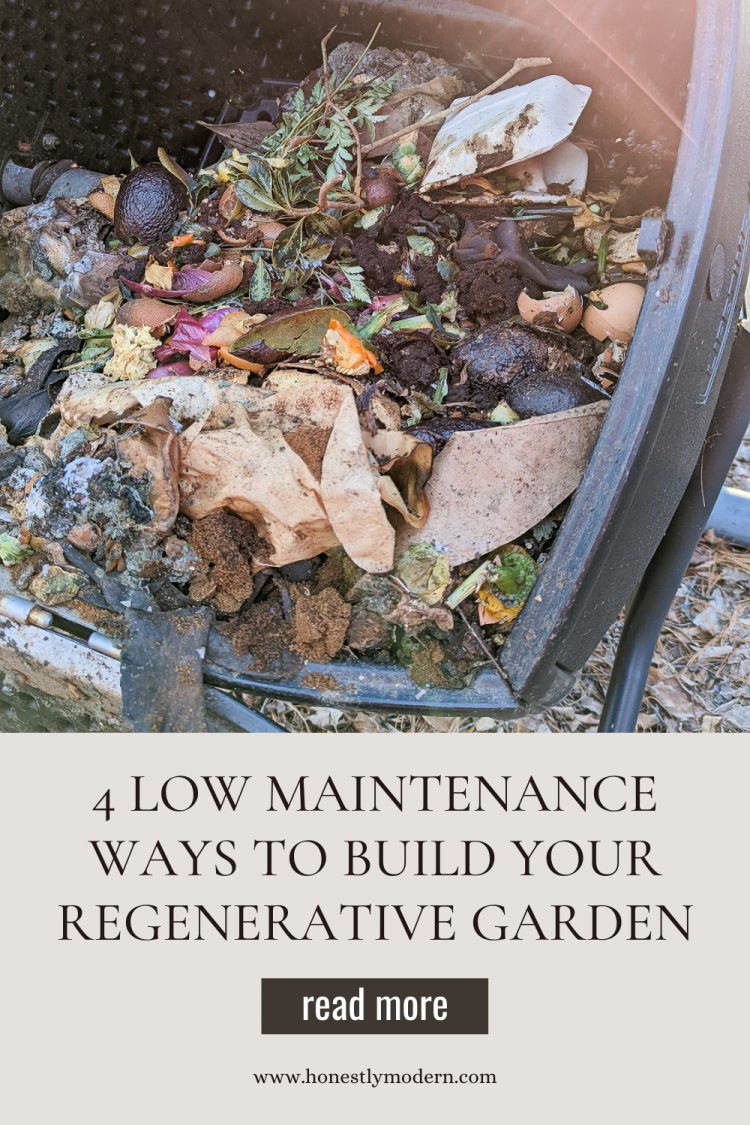

Jen Panaro
Jen Panaro, founder and editor-in-chief of Honestly Modern, is a self-proclaimed composting nerd and advocate for sustainable living for modern families. To find her latest work, subscribe to her newsletter, Stepping Stones.
In her spare time, she’s a serial library book borrower, a messy gardener, and a mom of two boys who spends a lot of time in hockey rinks and on baseball fields.
You can find more of her work at Raising Global Kidizens, an online space to help parents and caregivers raise the next generation of responsible global citizens.

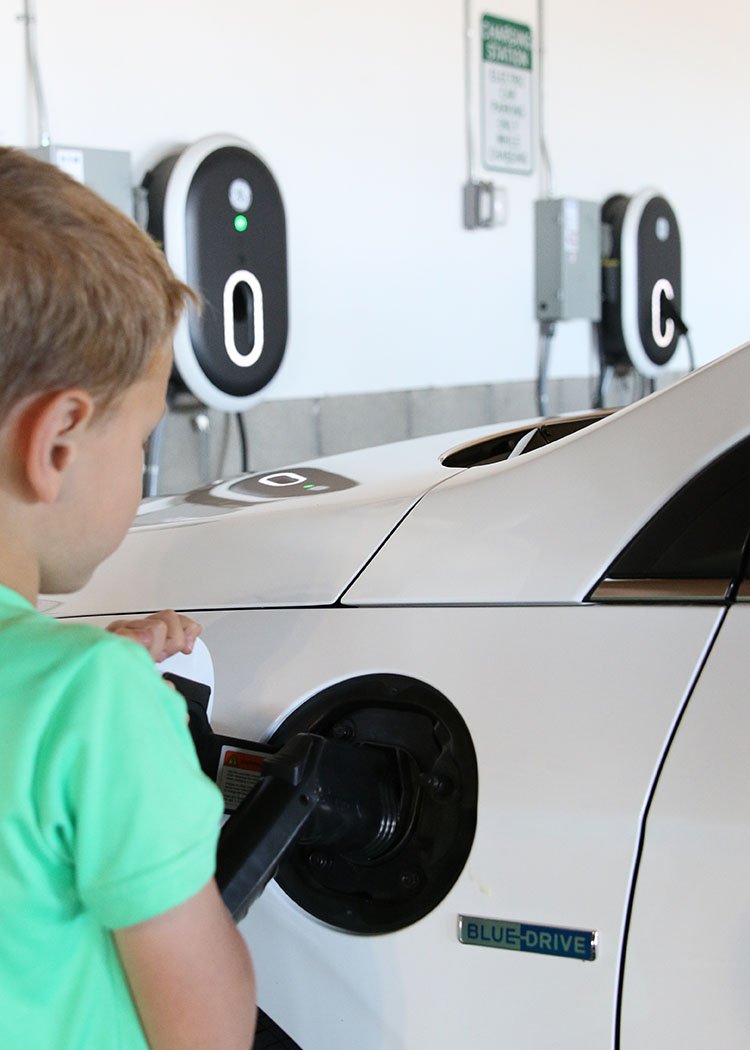
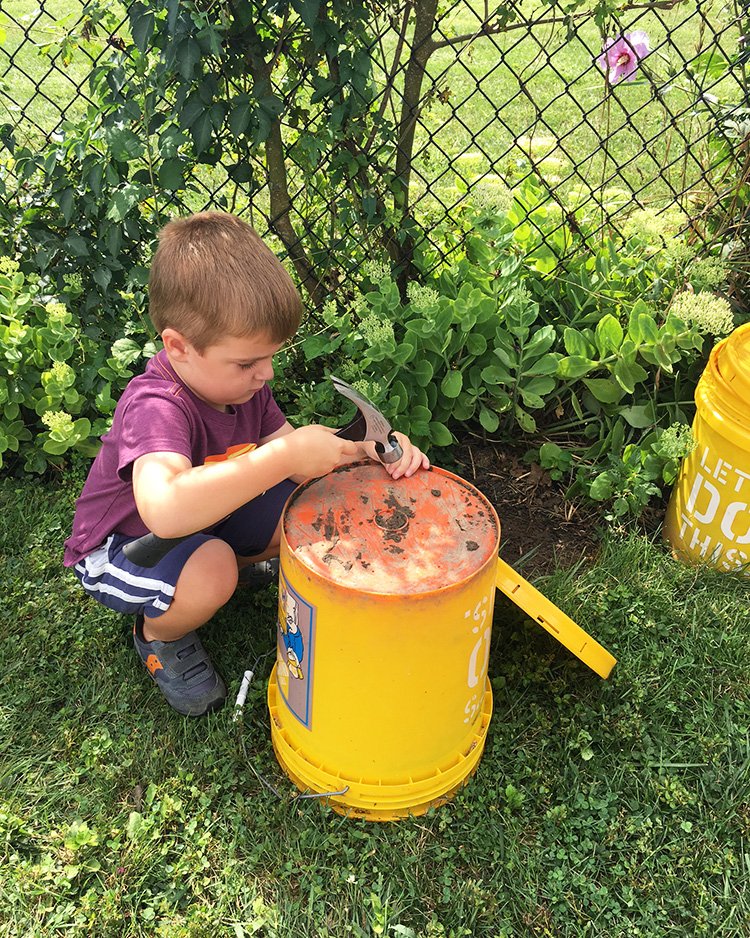
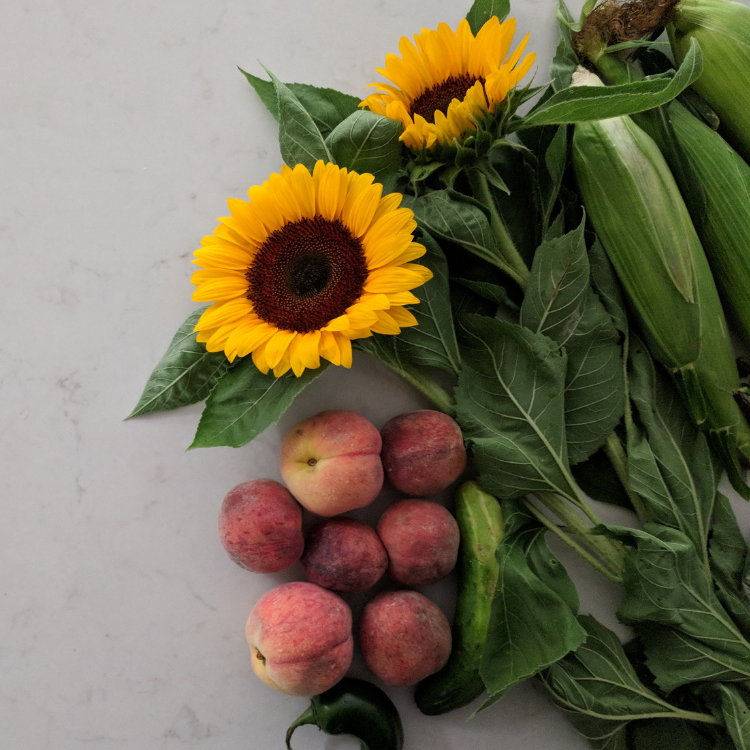
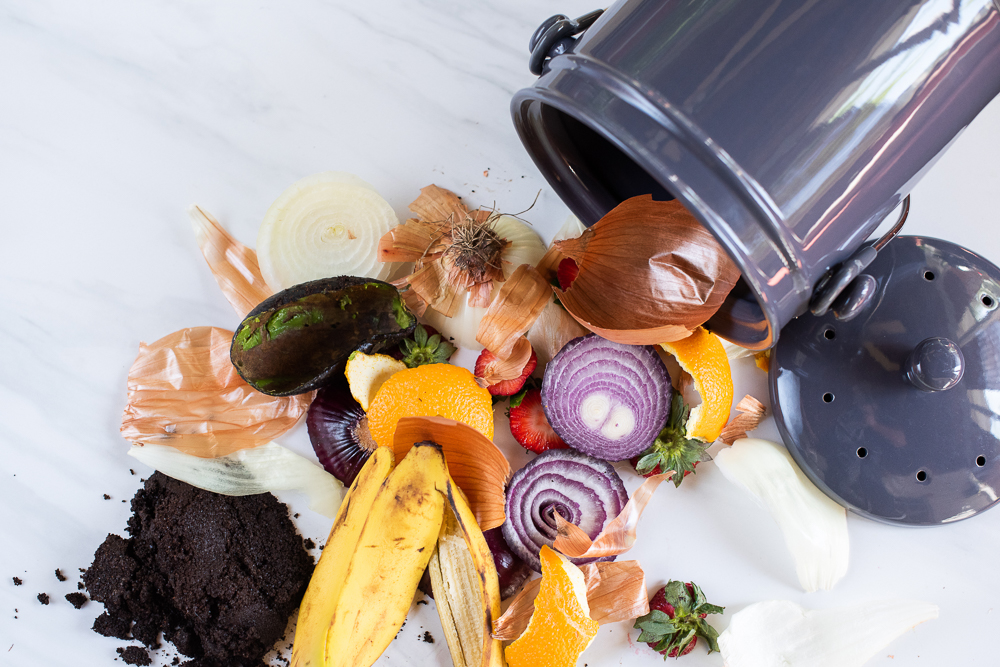
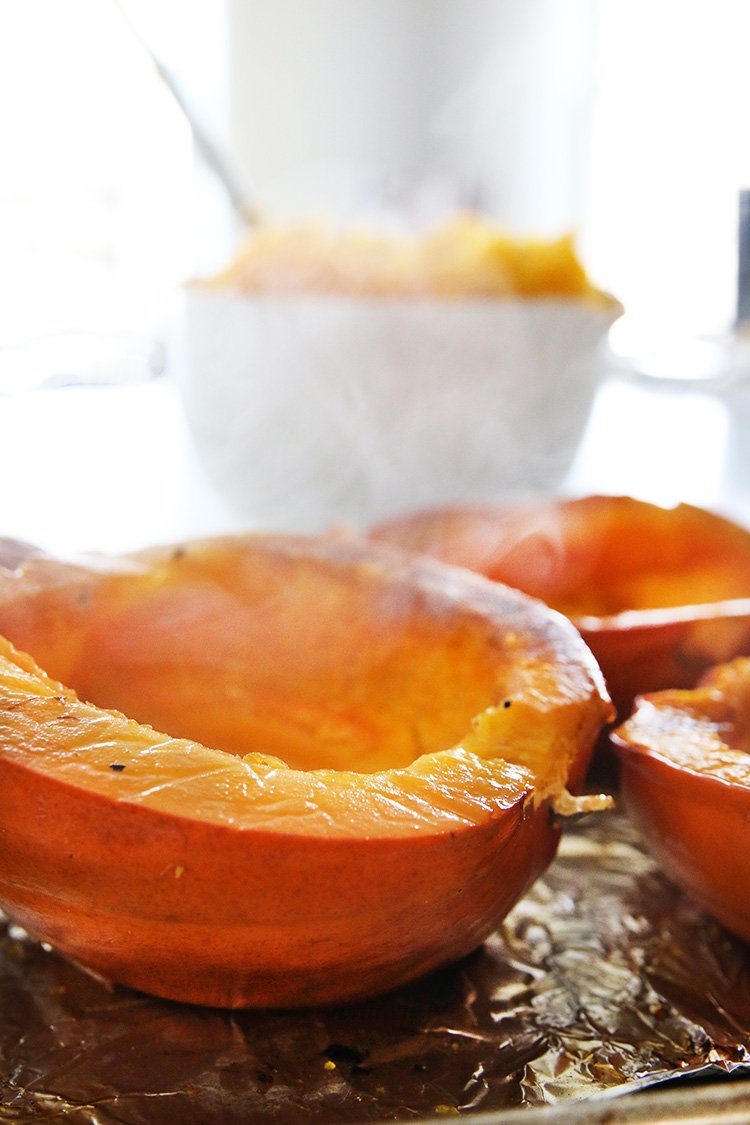
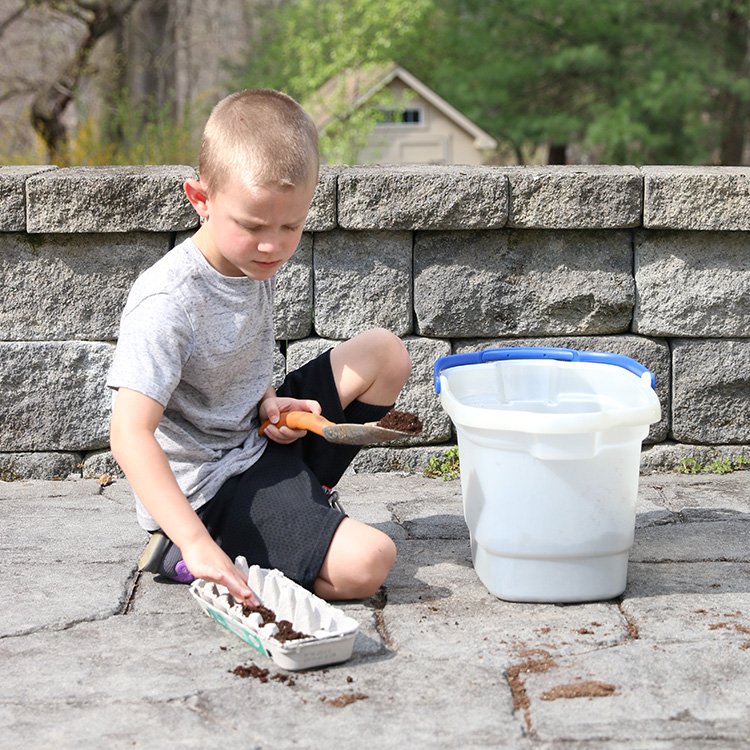

Love this! Often I do feel burdened of my garden but don’t give myself the permission to not do it because I feel guilty that it being wasted. Thank you for the other options it could be if I want to take a season off!
Thank you! So glad it resonated with you. I just need a year off so I’m going with it. Ha.